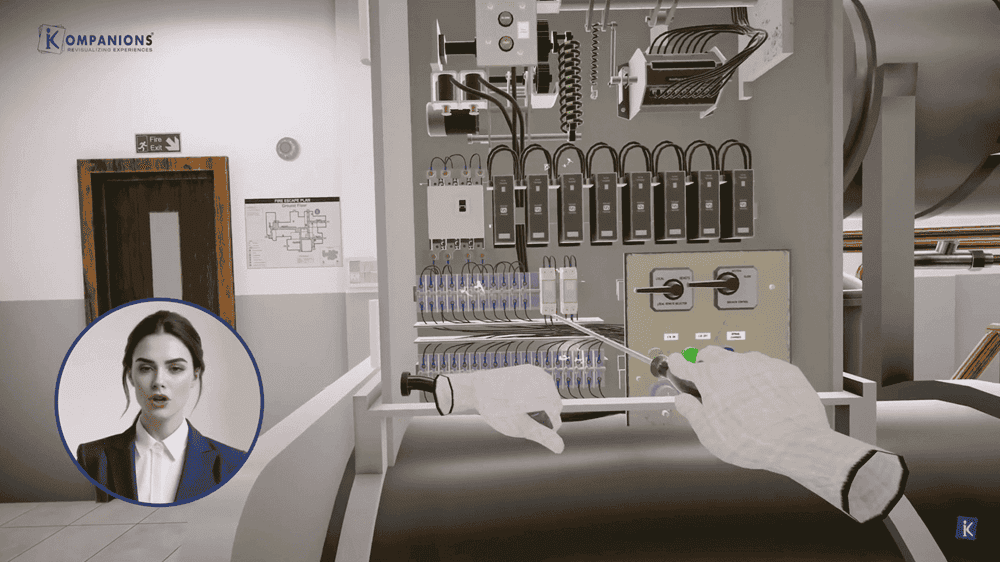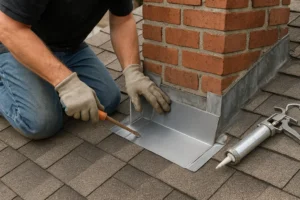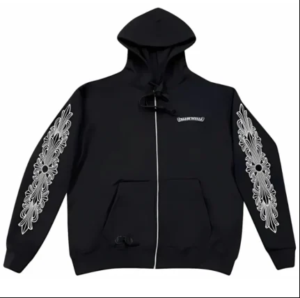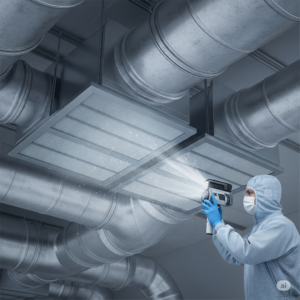Using Animated VR for Immersive Safety Education
In today’s fast-paced industrial world, keeping employees safe isn’t just about having rules posted on the wall. It’s about making safety real, relatable, and memorable. Traditional methods like classroom lectures and safety manuals often fall short. That’s where animated VR for safety steps in, offering a more hands-on, engaging experience.
What Is Animated VR for Safety?
Animated VR for safety is a training approach that uses virtual reality to simulate real-life hazardous scenarios through animation. Users wear VR headsets and interact with a fully immersive environment where they can experience situations without actual risk. Unlike static videos or paper-based guides, animated VR creates movement, emotion, and realism. That makes the learning process not just informative, but also unforgettable.
Why Traditional Safety Training Isn’t Enough
Industries such as manufacturing, construction, energy, and healthcare carry real safety risks. Yet, many still rely on outdated training methods. Here are common issues:
- Low engagement: Reading manuals doesn’t stick.
- Limited retention: People forget static info quickly.
- Lack of realism: It’s hard to imagine danger in a textbook.
Animated VR addresses these problems with interactive storytelling, motion graphics, and dynamic scenarios. Employees learn by “doing,” which increases memory retention and makes training sessions more productive.
How Animated VR Enhances Safety Learning
Let’s break down how animated VR improves the learning curve for safety:
1. Risk-Free Realism
Employees can virtually walk through hazardous areas, handle simulated tools, or face emergency situations. They can make mistakes without consequences. This type of hands-on learning builds muscle memory.
2. Customized Content
Animation allows total flexibility. Whether it’s simulating a chemical spill in a lab or a fall from scaffolding on a construction site, VR safety solutions can be tailored to industry-specific risks.
3. Consistent Training
Animated VR ensures every employee receives the same training, minimizing gaps and miscommunication. This standardization is especially useful in large companies or across multiple sites.
4. Engagement That Sticks
People remember stories better than bullet points. With animated characters, voiceovers, and 3D environments, learners connect emotionally. That makes safety messages stick.
Safety Training Animation in Action
Let’s look at a common example: fire safety in an office environment. A safety training animation module can simulate:
- The sound and sight of a fire alarm
- Smoke filling a corridor
- Locating and using fire extinguishers
- Evacuating the building using correct routes
All within a virtual setup that feels real but poses no actual danger. Employees who go through such training are 3x more likely to follow procedures correctly during real incidents, according to a 2023 study by the National Safety Council.
Related post: Why VR Meditation Is More Effective Than Traditional Meditation
Benefits for Enterprises
Here’s what companies gain by adopting animated VR for safety:
| Benefit | Description |
| Better Compliance | Easier to meet OSHA or ISO safety training standards |
| Cost Savings | Reduces the need for physical training environments |
| Time Efficiency | Faster onboarding and retraining |
| Reduced Accidents | Improved retention leads to better behavior in real scenarios |
| Positive Culture Shift | Encourages proactive safety thinking among teams |
Who’s Already Using It?
Some of the biggest names in heavy industries are already using animated VR:
- ExxonMobil: Uses VR to train oil rig workers on emergency evacuation.
- Siemens: Offers animated VR training modules for factory automation safety.
- Johns Hopkins Hospital: Trains medical interns on handling biohazard incidents.
Challenges You Might Face
No technology is without its hurdles. Here are some issues enterprises may need to tackle:
- Initial setup costs: Headsets, content development, and licensing can add up.
- Change resistance: Older employees may hesitate to adopt new tech.
- Technical support: VR hardware and software need maintenance.
But most companies report a positive ROI within the first year, especially when integrating VR safety solutions across multiple training modules.
Implementation Checklist for Enterprises
To get started, here’s what your team should do:
- Identify Training Needs: Define what scenarios are most critical.
- Choose the Right Vendor: Work with experts in animated VR.
- Pilot Test the Modules: Start with a small team, gather feedback.
- Scale Gradually: Roll out in phases to manage adoption smoothly.
- Monitor Outcomes: Use performance data to improve content.
Final Thoughts
Animated VR for safety is not just another trend. It’s a smarter way to train teams, reduce accidents, and build a culture of preparedness. Safety training animation, when paired with thoughtful implementation, becomes a game-changer. As industries evolve, so should the way we teach safety.
For enterprise owners who are serious about protecting their people and assets, animated VR training isn’t just worth a look – it’s worth investing in.
If you’re looking to explore how VR safety solutions can fit your organization, it might be time to consider a demo. Your team’s safety could depend on it.












